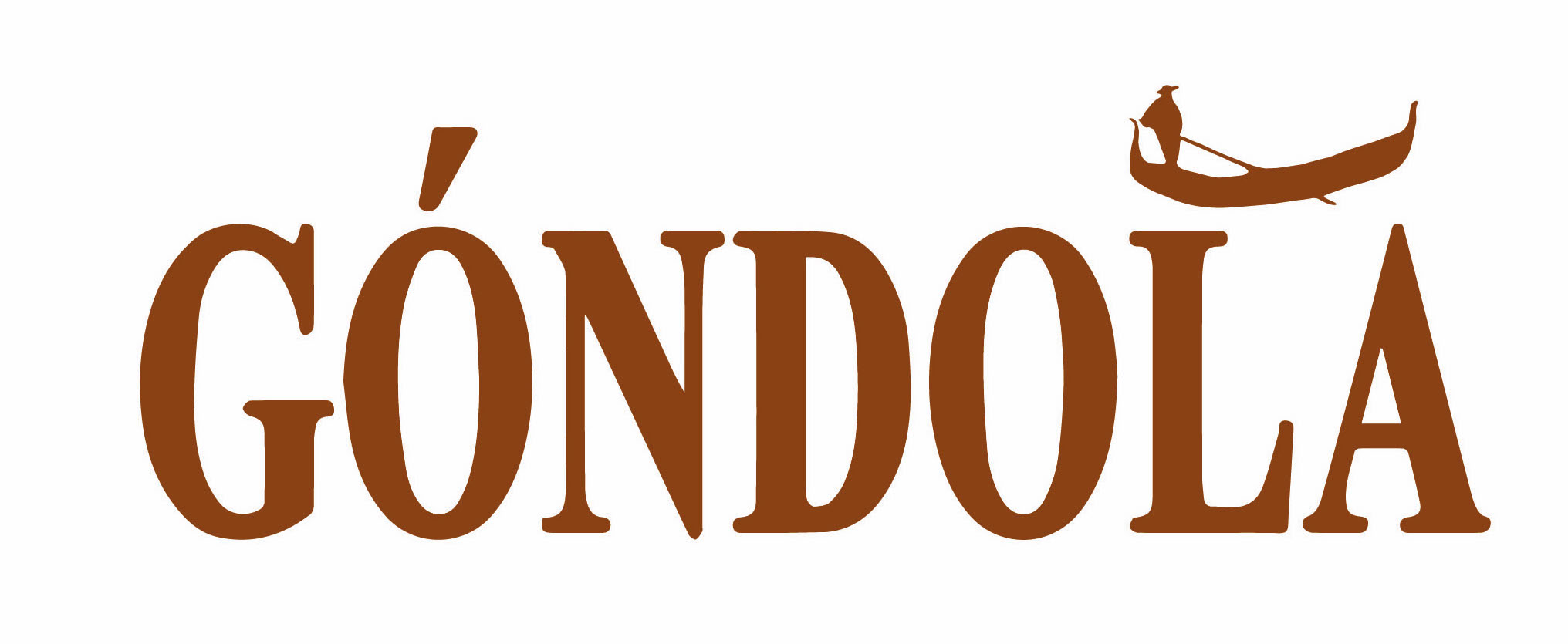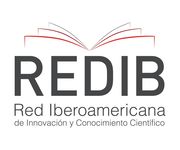DOI:
https://doi.org/10.14483/23464712.5097Published:
2014-01-08Diferentes percepciones de un mismo ambiente: la cuestión del género en la enseñanza de la ciencia
Different percepctions of the same climate: the question of gender in science teaching
Keywords:
gender differences, perception ofthe environment, practice classes. (en).Keywords:
diferencia de género, percepción del ambiente, clases de campo (es).Downloads
Abstract (es)
Se relatan algunas consideraciones resultantes del trabajo de conclusión del curso en Ciencias Biológicas realizado en la UNESP, campus Bauru. Considerando el acto de la percepción como dotado de acciones simultáneas del aparato cognitivo y de la historia de vida del individuo, tal como nos dice la fenomenología merleau-potyana, se procuró identificar el modo como alumnes de la Educación Básica perciben un ambiente natural en el bosque. El estudio fue realizado junto al proyecto de extensión “paseando y aprendiendo en el bosque” vinculado al Centro de Divulgación y Memoria de la Ciencia y la Tecnología (CDMCT) del Posgrado en Educación para la Ciencia de la misma institución. En esta actividad son realizadas aulas prácticas de campo monitoreadas por alumnos de pregrado y posgrado. El proyecto tiene como población de estudio a estudiantes de colegios públicos y privados de Bauru y sus alrededores, además de otros grupos visitantes. Los datos fueron recolectados usando las representaciones en forma de dibujos libres de aquel ambiente, después de la actividad. Por medio del análisis cuali-cuantitativo, los resultados nos permitieron destacar diferencias en la forma con la cual los géneros percibieron y en consecuencia representaron la vegetación del bosque. Los dibujos masculinos contenían mas cantidad de elementos no vivos, en tanto las representaciones femeninas, además de poseer más detalles botánicos, esbozaban con frecuencia animales y personas. El marco de los dibujos hechos por los niños se dio de forma mas cerrada, en tanto que las representaciones de las niñas consideraron el contexto y el todo del lugar visitado. Así, destacamos la necesidad de discusiones profundas en el ámbito de la percepción del ambiente que consideren las diferencias en las representaciones de niños y niñas dentro del contexto de la enseñanza de las ciencias naturales, buscando evitar prejuicios sin fundamento que acarreen cualquier grado de discriminación.
Abstract (en)
This paper relates some considerations resulting from a thesis study in Biological Sciences held at State University of Sao Paulo, Campus Bauru. Considering the perceptual act endowed with simultaneous actions of the cognitive apparatus and the individual’s life history as the merleau-potyana phenomenon tells us, the work aimed to identify how boys and girls in elementary school realize a natural environment in the forest. The study was realized with the extension project “Walking and learning at the forest” in the Center for Memory and Dissemination of Science and Technology (CDMCT) of Postgraduate Education for Science in the same institution. Classes were held in these practical activities, monitored by undergraduate and graduate students, and, the project focuses on students from public and private schools in Bauru and region, and other visiting groups. Data collection was performed using the representations in the form of free drawings of students of their environment after the activity. Through qualitative and quantitative analysis, the results allowed us to highlight differences in the way in which genders perceived and thus represented the fragment of forest vegetation. The male drawings contained a larger amount of non-living elements, whereas the representations by women, besides their botanical details, often drew on animals and people. The framework of the drawings by the boys took the nearest way, whereas by the girls more often considered the representations and the entire context of the site visited. So, we emphasize the need for further discussions within the perception of the environment to consider differences in the representations of boys and girls within the context of the teaching of natural sciences, seeking, however, to avoid unsubstantiated preconceptions that may cause any degree of discrimination.
References
ALERBY, E. A way of visualising children’s and young people’s thoughts about the environnement: a study of drawings. Environmental Education Research, Bath, v. 6, n. 3, p. 205-222, 2000.
BARON-COHEN, S. Diferença essencial: A verdade sobre o cérebro de homens e mulheres. Rio de Janeiro: Editora Objetiva, p. 15-45, 2003.
BARRAZA, L. Children’s drawing about the environment. Environmental Education Research. Bath, v. 5, n. 1, p. 49-67, 1999.
CAHILL, L. Ele, Ela. Revista Scientific American Brasil. 37 ed., n.4, p.56-63, 2005.
CALDEIRA, A. M. de A. Semiótica e a relação pensamento e linguagem no ensino de ciências naturais. 2005. 179 p. Tese (Livre-Docência) – Faculdade de Ciências da Universidade Estadual Paulista “Júlio de Mesquita Filho”, Bauru, 2005.
CANDIANI, Giovano; LAGE, Manoel; VITA, Samuel; SOUZA, Welington; FILHO, Wilson. Educação Ambiental: percepção e práticas sobre Meio Ambiente de estudantes do ensino fundamental e médio. Rev. eletrônica. Mestr. Edc. Ambient. v.12, jan-jun, 2004.
CAVASSAN, O.; PINHEIRO DA SILVA, P. G.; SENICIATO, T. O Ensino de Ciências, a Biodiversidade e o Cerrado. In: Divulgação Científica e Ensino de Ciências: Estudos e Experiências. São Paulo: Escrituras, 1 ed., v. 1. p.254. 2006.
DEL RIO, V; OLIVEIRA, L. Percepção ambiental: a experiência brasileira. São Paulo: Studio Nobel, 1996.
DOVE, J. E.; EVERETT, L. A.; PREECE, P. F. W. Exploring a hydrological concept through children’s drawings. International Journal of Science Education, Londres, v. 21, n. 5, p. 485-497, 1999.
HOSHINO, K. Diferenças comportamentais entre homens e mulheres In: Anais de Etologia. Bauru: Unesp, 1993.
HUOUT, R. Méthodes quantitatives pour les sciences humaines. Laval: Presses de l’Université de Laval, 2003.
KANDEL, E. R., SCHWARTZ, J. H., JESSEL, T. M. Princípios da neurociência. São Paulo: Manole 4 ed., 2003.
LEGATO, M. J. Por que os homens nunca lembram e as mulheres nunca esquecem. São Paulo: Editora Campus, 2005.
MARTINHO, L. R.; TALAMONI, J. L. B. Representações sobre meio ambiente de alunos da quarta série do ensino fundamental. Ciência & Educação, Bauru, v. 13, n. 1, p. 1-13, 2007.
McNAIR, S.; STEIN, M. Drawing on their understanding: using illustrations to invoke deeper thinking about plants. Journal da Oakland University online, 2001. Disponível em: <http://www.ed.psu.edu/CI/Journals/2001aets/s6_07_mcnair_stein.rtf>. Acesso em: 13 jun. 2010.
MERLEAU-PONTY, M. Fenomenologia da Percepção. São Paulo: Martins Fontes, 2006.
MERLEAU-PONTY, M.. O primado da percepção e suas conseqüências filosóficas. Campinas: Papirus. 1990
NÓBREGA, Terezinha Petrucia. Corpo, percepção e conhecimento em Merleau-Ponty. Estudos de Psicologia. V. 13, n. 2, p. 141-148, 2008.
PEASE, A., PEASE, B. Por que os homens fazem sexo e as mulheres fazem amor. 1 ed. Rio de Janeiro: Sextante, 2000.
PENNA, A. G. Percepção e Realidade: introdução ao estudo da atividade perceptiva. Rio de Janeiro: Mercúrio Star, 1982.
PINHEIRO da SILVA, P. G. O Ensino da Botânica no Nível Fundamental: um enfoque nos procedimentos metodológicos. 2008. Tese (Ensino de Ciências). Educação para Ciência, UNESP, Bauru, 2008.
PINHEIRO da SILVA, P. G., GUIMARÃES, A. G., CAVASSAN, O., PALHACI, T. P., RIBEIRO, J. A. G., RISSI, M. N., SEVERO, R. de A. O Ensino de Botânica no cerrado: Análise dos comentários dos participantes durantes as atividades práticas de campo. In: CONGRESSO DA SOCIEDADE BOTÂNICA DE SÃO PAULO, 16. Resumo Eletrônico. Piracicaba, SP. 2006.
REIGOTA, M. Meio ambiente e representação social. São Paulo: Cortez, 1998.
REISS, M. J., TUNNICLIFFE, S. D. Building a Model of the Environment: How do Children See Plants? In: Annual Meeting of the National Association for Research in Science Teaching. Boston, p.11, 1999.
RIBEIRO, J. A. G. Manifestações de meninos e meninas durante aula prática de Botânica em um ambiente natural de cerrado. Trabalho de Conclusão de Curso. Faculdade de Ciências da Universidade Estadual Júlio de Mesquita Filho, Campus de Bauru, Departamento de Ciências Biológicas, 2008.
ROLNICK, A. L. Nem melhor, nem pior: apenas diferentes. Ciência & Cognição. v.6, p.148-149, 2005.
ROSA, J. G., CALEGARO, M. M. Homens e Mulheres: Afinal, somos iguais ou diferentes? Revista de divulgação técnico-científica do ICPG. v. 01, n. 4, p. 77-81, 2004.
SABBATINI, R. M. E. Existem diferenças cerebrais entre os homens e as mulheres? Cérebro & Mente. Revista Eletrônica de Divulgação Científica em Neurociências; n.11, 2000.
SCHWARZ, M. L.; SEVEGNANI, L.; ANDRÉ, P. Representações da Mata Atlântica e de sua biodiversidade por meio dos desenhos infantis. Ciência & Educação, v. 13, n. 3, p. 369-388, 2007.
SENICIATO, T.; PINHEIRO da SILVA, P. G.; CAVASSAN, O. Construindo valores estéticos nas aulas de ciências desenvolvidas em ambientes naturais. Revista Ensaio. Belo Horizonte, v.8, n. 2, p. 97-109, 2006.
TELFORD, C. W.; SAWREY, J. M. Psicologia: Uma introdução aos princípios fundamentais do comportamento. São Paulo: Cultrix. p.530, 1971.
How to Cite
APA
ACM
ACS
ABNT
Chicago
Harvard
IEEE
MLA
Turabian
Vancouver
Download Citation
License
Gondola, Ens Aprend Cienc. is an open-access publication, free of charge for authors and readers. The publication, consultation or download of the contents of the magazine does not generate any cost for the authors or the readers, since the Francisco José de Caldas District University assumes the expenses related to edition, management and publication. The peer evaluators do not receive any economic retribution for their valuable contribution. The work of all the actors mentioned above is understood as a contribution to the strengthening and growth of the research community in the field of Science Education.
As of December 1, 2018 the contents of the journal are published under the terms of the Creative Commons License Attribution-Noncommercial- ShareAlike 4.0 International (CC-BY-NC-SA 4.0), under which others may distribute, remix, retouch, and create from the work in a non-commercial way, give credit and license their new creations under the same conditions.
The copyright holders are the authors and the journal Gondola, Ens Aprend Cienc. The holders retain all rights without restrictions, respecting the terms of the license in terms of consultation, downloading and distribution of the material.
When the work or any of its elements is in the public domain according to the applicable law in force, this situation will not be affected by the license.
Likewise, we encourage authors to deposit their contributions in other institutional and thematic repositories, with the certainty that culture and knowledge is a good of all and for all.




















